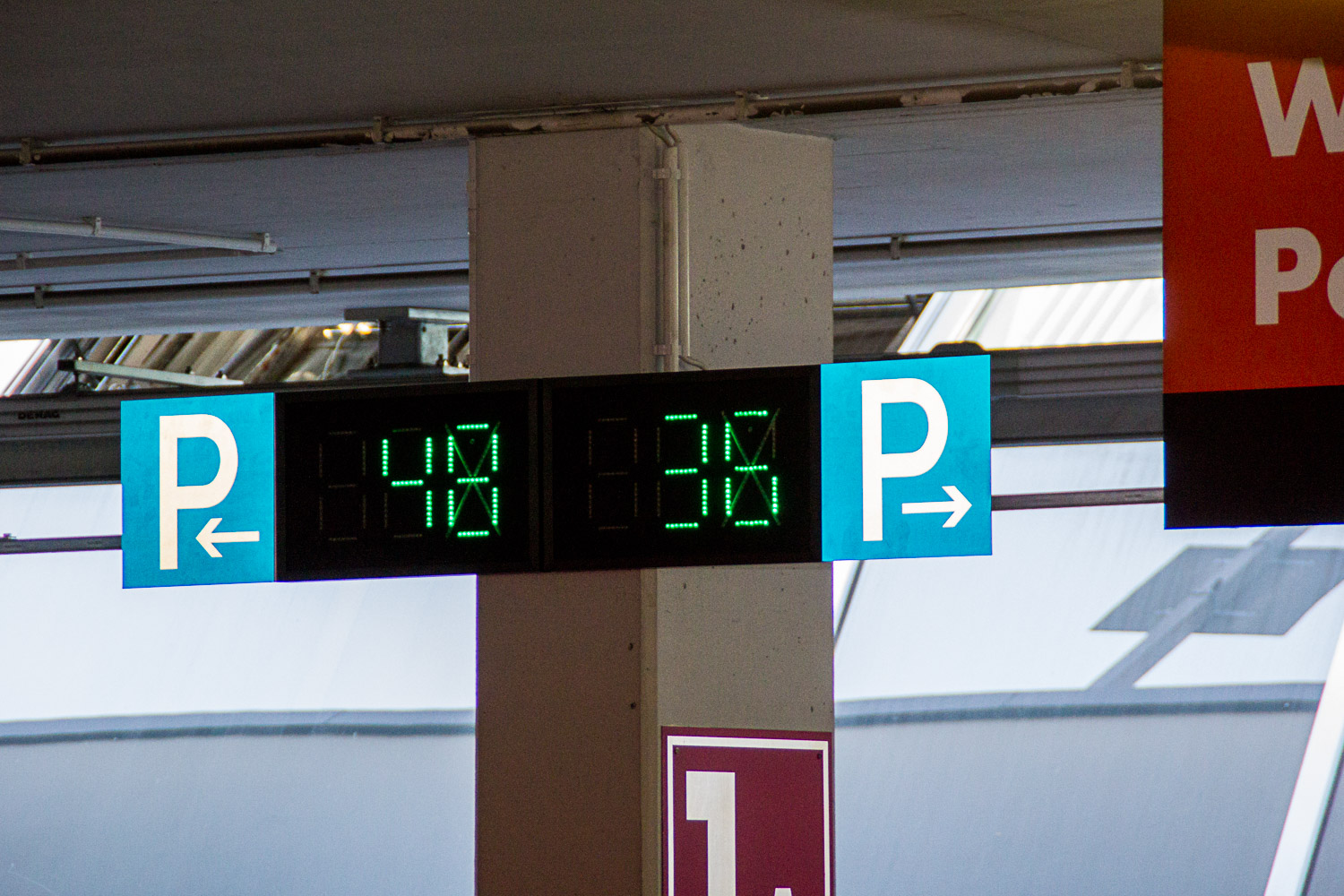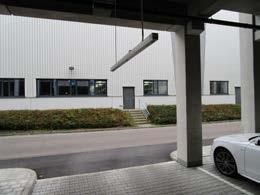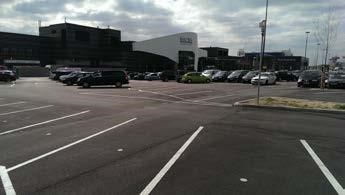Single Space Detection vs. Counting
What operators and customers of parking guidance systems should note

There are many possibilities how to realize a parking guidance system. However, if a dynamic parking guidance system is desired, there are generally only two options: counting or single space detection.
In the following text both measuring methods are compared to each other and the advantages and disadvantages are explained.
Counting the incoming and outgoing vehicles
Counting is probably the cheapest option to determine the number of free parking spaces: Sensors are installed at the entrance and the exit for detecting and counting vehicles. Current technologies usually have a certain metrological accuracy. With 98% accuracy, for example, at least 98 of 100 vehicles are counted correctly. The more vehicles pass these sensors (e.g. 1000), the higher this deviation would sum up (e.g. 20  misdetections) - the errors cumulate in proportion to the number of vehicles. Therefore, it is advisable to reset the counts manually or automatically via software as often as possible (e.g. at night when the parking lot is empty). Other possibilities to minimize these errors are also: to separate driving lanes clearly from one another with markings, to install / align the sensor optimally on a road or to reduce external interferences. If a car park is permanently occupied by a few or several vehicles and opened at any time, it is advisable to consider a single space detection system.
misdetections) - the errors cumulate in proportion to the number of vehicles. Therefore, it is advisable to reset the counts manually or automatically via software as often as possible (e.g. at night when the parking lot is empty). Other possibilities to minimize these errors are also: to separate driving lanes clearly from one another with markings, to install / align the sensor optimally on a road or to reduce external interferences. If a car park is permanently occupied by a few or several vehicles and opened at any time, it is advisable to consider a single space detection system.
Another disadvantage of the counting is that the driver isn’t shown the exact location of the free parking spaces (counting only knows how many free parking spaces are available yet). That means that once the driver has passed through the entrance, the parking area is just as informative as one not having a parking guidance system. This is of great disadvantage especially for large parking areas or those with angled corners because here again long parking search times may occur possibly causing a traffic jam.
Single space detection
If every single parking space is monitored with sensors, we speak of a single parking space detection or single space etection. This option is the most accurate way to determine the number of free parking spaces. Even if the sensor offers a 98% accuracy level, for example, there is no danger that the errors would cumulate. The system always offers the same accuracy even without maintenance or regular reset. This is particularly of great advantage in high-traffic parking areas or in areas where the parkings are rarely totally empty.
monitored with sensors, we speak of a single parking space detection or single space etection. This option is the most accurate way to determine the number of free parking spaces. Even if the sensor offers a 98% accuracy level, for example, there is no danger that the errors would cumulate. The system always offers the same accuracy even without maintenance or regular reset. This is particularly of great advantage in high-traffic parking areas or in areas where the parkings are rarely totally empty.
Another advantage is that the driver can be shown exactly where the next free parking
space is located. This saves time, protects the environment and your nerves.
Conclusion:
The counting tends to offer a lower price, but is less accurate and needs more service.
The single space detection is usually a bit more expensive, but also more accurate and
easier to maintain.
MSR Traffic offers systems with counting as well as with single space detection - for
indoor as well as for outdoor use. Whatever technology you choose, the data can be
transmitted and processed on a server. The web-based software ParkGard Control
Center displays all parking spaces and offers a user-friendly operation including
statistical evaluation. The wireless connection to signposts and LED displays is
available, in order to provide a complete parking management system. Look and see
the quality of our products and benefit from our long experience.
MSR-Traffic GmbH
Würdinger Str. 27a | 94060 Pocking | Germany
Fon: +49 85 31 9004 0
Mail: info@msr-traffic.de
www.msr-traffic.de






Comments
There are no comments yet for this item
Join the discussion